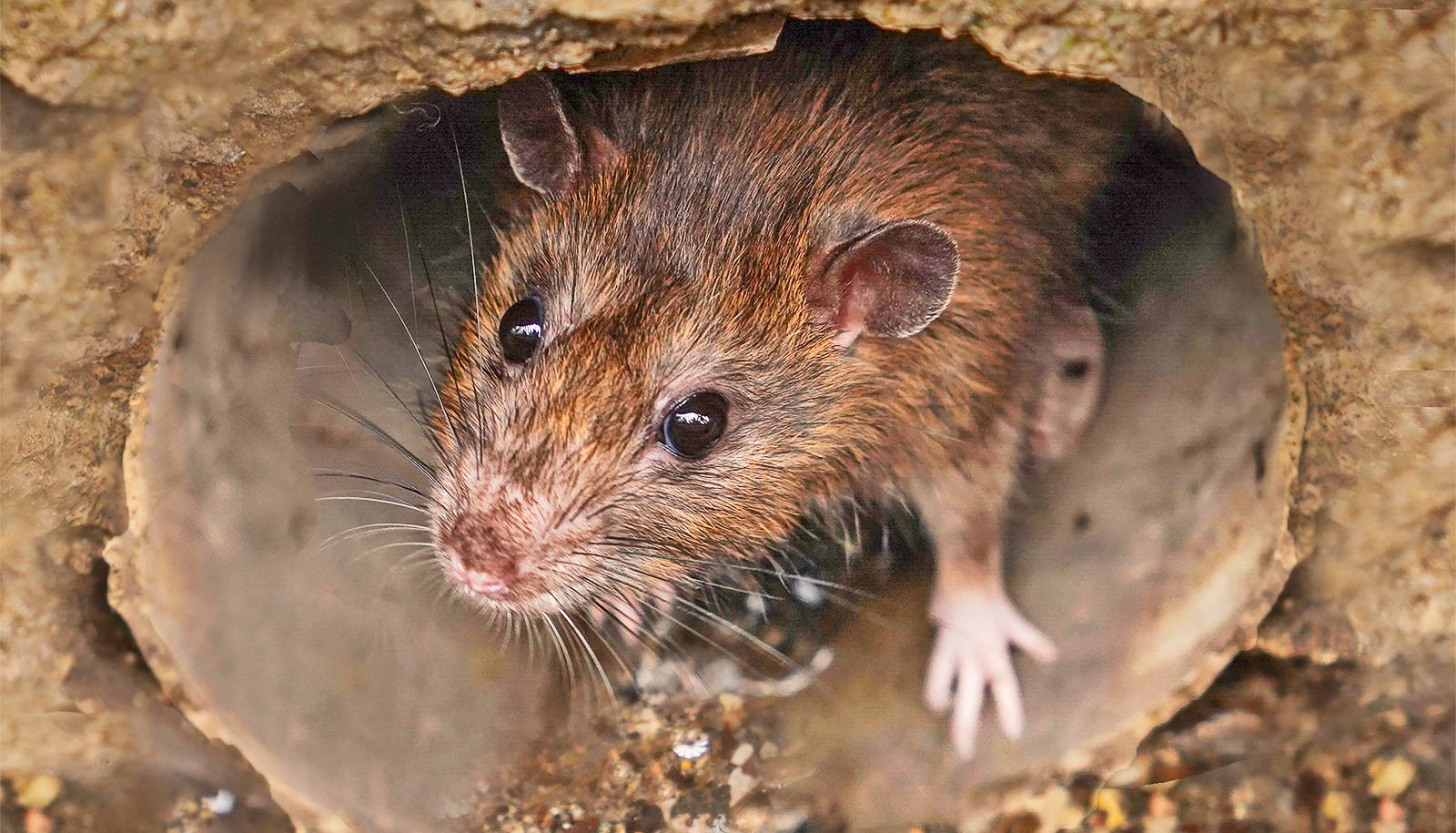Conservation projects that protect forests and encourage a diversity of plants and animals provide a variety of benefits to humans. But a new study suggests that improved human health is not among those benefits—at least when health is measured through the lens of infectious disease.
The findings, published in Philosophical Transactions of the Royal Society B, are based on an analysis of the relationship between infectious diseases and their environmental, demographic, and economic drivers in dozens of countries over 20 years.
“There are a lot of great reasons for conservation, but control of infectious disease isn’t one of them.”
“I’m a firm believer that insights from ecology can help us manage disease and protect species,” says coeditor Kevin Lafferty, a senior ecologist with the US Geological Survey and a principal investigator at University of California, Santa Barbara’s Marine Science Institute Marine Science Institute.
“But ecological systems are too complicated to expect one-size-fits-all solutions.”
The findings show that increased biodiversity―measured as the number of species and amount of forested land―is not associated with reduced levels of infectious disease—and in some cases, disease burdens actually increased as areas became more forested over time.
Infections that stick around can be good for you
“There are a lot of great reasons for conservation, but control of infectious disease isn’t one of them,” says lead author and parasite ecologist Chelsea Wood, assistant professor in the School of Aquatic and Fishery Sciences at the University of Washington.
“We’re not going to improve public health by pushing a single button. This study clearly shows that―at the country level―conservation is not a disease-control tool.”
The researchers considered forestation, biodiversity, wealth, temperature, precipitation, and urbanization and found that any of those factors on their own could have a positive, negative, or neutral effect, depending on the disease. By far the most consistent finding, though, was this: The wealthier the country, the less disease; and the more wealth increased, the lower the burden of infectious disease.
Burden of disease
Further, increasing urbanization actually reduces disease, most likely because cities bring people closer to medical care and give them greater access to vaccinations, clean water, and sanitation. So even though cities crowd people together, the net benefit of their services results in reductions of infectious disease.
“This paper has some good news that is rarely part of the story in our field,” Lafferty says. “Our analysis shows across the board—with just a couple of exceptions—that the burden of infectious diseases has diminished considerably over the last two decades and that is mostly due to increased wealth and urbanization.”
Conservation won’t work without locals on board
Researchers used Institute for Health Metrics and Evaluation’s Global Burden of Disease database, a massive, worldwide effort to document premature death and disability from hundreds of diseases and injuries from 1990 to the present.
The study compares data on 24 infectious diseases―including malaria, dengue, rabies, typhoid, tuberculosis, and leprosy―with separate, published data on population density, wealth, bird, and mammal species richness, forest cover, precipitation, and other environmental measures to analyze the effects these factors had, if any, on disease burden per country.
Most conservation decisions are made at the country level, so researchers focused at that scale when analyzing whether conservation could be used as a tool for improving public health.
Over the 20-year period, they saw no relationship between biodiversity (number of species present) and the overall burden of infectious disease. But for each individual disease, there was a unique set of drivers that were important in deciding whether burden increased or decreased over time.
For example, as rates of precipitation went up, so did the burden of “geohelminths”―a group of gut parasites that includes hookworm, whipworm, and roundworm. Together, the geohelminths affect 1.5 billion people.
“The absolute last thing we want to do is a conservation project that gets people sick.”
Moist soil is an ideal environment for the development of these worms. Humans can become infected when they contact or accidentally ingest contaminated soil―for example, from unwashed vegetables. As rates of precipitation increase with climate change, this public health threat should be acknowledged and accounted for, the researchers say.
No one-size-fits-all solution
The authors hope the disease-specific information included in the study reveals pathways toward effective control, and helps country officials avoid inadvertently exacerbating existing public health problems.
“I hope this study encourages people to explicitly acknowledge the potential disease-related risks and benefits of conservation projects,” Wood says. “The absolute last thing we want to do is a conservation project that gets people sick.”
This paper is the concluding piece in an entire special edition dedicated to exploring whether conservation promotes or hinders infectious disease control. The edition’s coauthors convened about two years ago to explore all sides of this controversial question, and the resulting papers examine specific diseases such as malaria, Lyme disease and schistosomiasis, as well as broader topics of policy and economics.
“What’s really unique about this issue is that we have gone all the way from theory articles that look at how biodiversity changes might affect disease to multiple field studies of various conservation interventions at different scales to an examination of the global drivers of biodiversity change,” says lead editor Hillary Young, assistant professor in UCSB’s ecology, evolution and marine biology department. “We wanted to present cases for viable and useful public health interventions.”
“There is no one-size-fits-all lever, where improving access to healthcare is going to affect all infectious diseases,” Young adds. “This body of work highlights the need to understand the nuances that make biodiversity and conservation effective levers.”
Alex McInturff of the University of California, Berkeley, DoHyung Kim of the University of Maryland, and researchers from Duke University are coauthors of the study.
The Michigan Society of Fellows and the Department of Ecology and Evolutionary Biology at the University of Michigan, along with funding from the authors’ institutions and agencies funded the work.
Source: UC Santa Barbara / University of Washington



